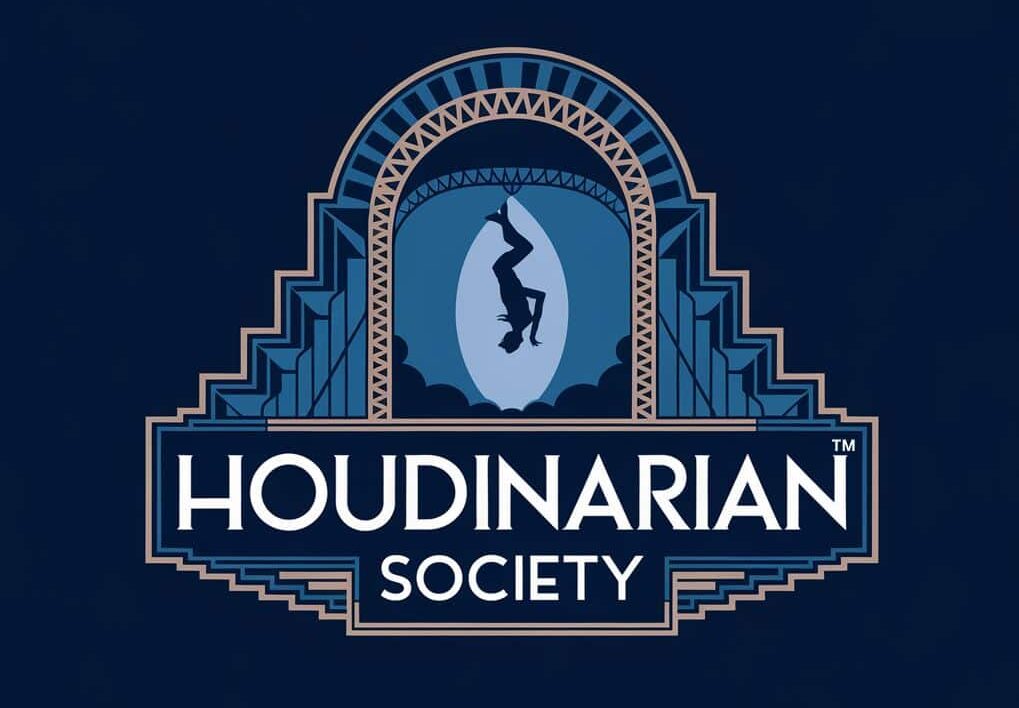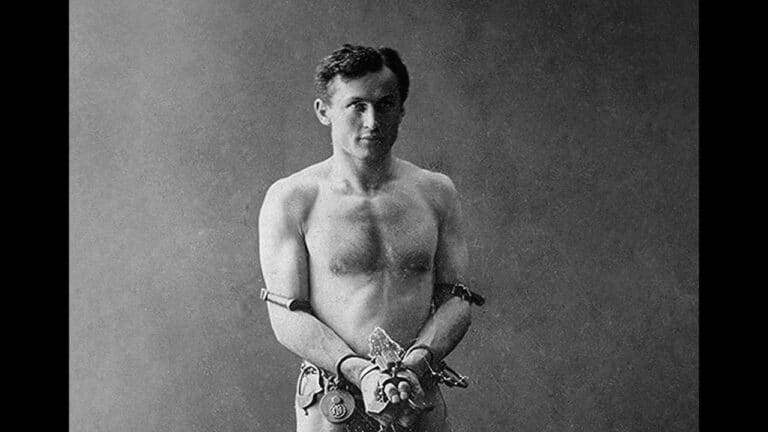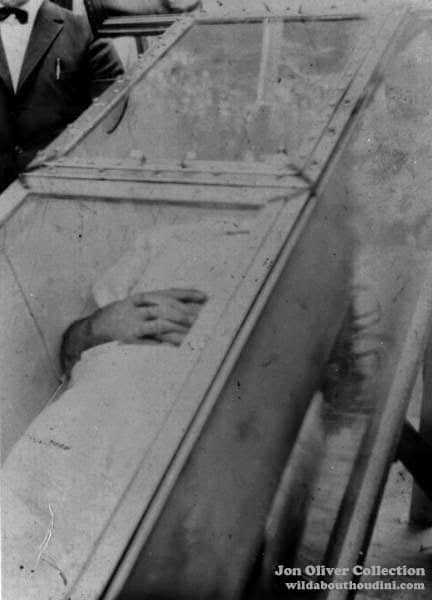Unveiling the Truth Behind Harry Houdini’s Legendary Life and Death
Harry Houdini, the legendary magician and escape artist, is a name that conjures images of death-defying stunts and near-impossible escapes. His life, filled with feats that seemed almost supernatural, continues to captivate audiences nearly a century after his death.
Born Ehrich Weiss, Houdini’s journey from poverty to international fame was marked by a relentless pursuit of perfection and an unyielding drive to push the boundaries of what was possible. This blog delves into the life and legacy of Harry Houdini, exploring the man behind the myth and the enduring fascination with his extraordinary career.
The Early Years: From Poverty to Magic
Harry Houdini was born Ehrich Weiss in 1874 into a Jewish-Hungarian family in Budapest. His family immigrated to Wisconsin, where they struggled to make ends meet.
Despite the hardships, young Ehrich found solace in the world of magic and illusion. By the age of six, he was already practicing sleight of hand and performing in local circuses by age seven. His first escape was not from chains or locks, but from the grinding poverty of his childhood.
The Birth of Houdini
In 1883, Ehrich set up an improvised circus with neighborhood boys, performing as a trapeze artist and dubbing himself the *Prince of the Air*. This early experience in showmanship laid the foundation for his future career.
A pivotal moment came when a friend introduced him to the memoirs of Jean-Eugène Robert-Houdin, the father of modern conjuring.
Inspired, Ehrich adopted the stage name Harry Houdini, adding an *i* to Houdin’s name and paying homage to American magician Harry Kellar.
The Rise to Fame: The Houdinis and Metamorphosis
Harry Houdini’s career took off when he teamed up with his younger brother, Theodore “Dash” Hardeen. They set up a traveling circus, featuring high-wire acts, snake charmers, and belly dancers.
Their signature act, Metamorphosis, first performed at the 1893 Chicago World’s Fair, involved Dash tying Houdini up and placing him in a sack inside a chest.
In a matter of seconds, Houdini would switch places with Dash, astonishing the audience with the speed and precision of the act.
The Partnership with Bess
Within a year, Dash was replaced by Wilhelmina Beatrice Rahner, or Bess, whom Houdini had married. Bess became his stage assistant and partner for life.
Despite their innovative performances, the Houdinis initially struggled financially. Houdini’s experience as an apprentice locksmith gave him the idea to incorporate handcuff escapes into his acts, which became a major draw for audiences.
The Stunts That Defined a Legend
Houdini’s career was marked by increasingly daring stunts. In 1903, he requested to be locked naked in a freezing prison van used by the tsarist police in Russia.
To the guards’ astonishment, he escaped within 45 minutes. His acts grew riskier, involving water-filled milk cans, being thrown chained off bridges, and submerged in packing crates tossed into the sea.
These stunts not only showcased his physical prowess but also his meticulous preparation and intelligence.
Signature Acts: The Milk Can and Water Torture Cell
Starting in 1908, Houdini’s signature act involved being locked in a milk can full of water. By 1912, he had replaced this with the water torture cell, where he was bound in chains and submerged upside down.
These acts captivated audiences and solidified his reputation as the world’s greatest escape artist.
The Man Behind the Magic
Houdini’s drive to push the limits was partly fueled by his desire to counter anti-Semitic stereotypes and prove that Jewish men were not physically weak.
He aligned himself with the emerging idea of the *muscular Jew*, a response to prevalent prejudices of the time.
Despite his public persona, Houdini was fiercely critical of spiritualism, a popular practice he regarded as fraudulent.
The Final Act and Legacy
In October 1926, during a performance in Montréal, a student asked Houdini if he could withstand punches to the abdomen.
Houdini, caught off guard, was punched and later suffered severe pain. He died on October 31, 1926, in Detroit at age 52 from peritonitis caused by a ruptured appendix. Debate continues over whether the punch was the direct cause of his death.
In his will, Houdini left his effects and props to his brother Dash, requesting they be burned upon Dash’s death.
Myths and legends have since surrounded Houdini, including a story popularized by Orson Welles about Houdini making the bells of the Kremlin ring by lifting his hand.
Despite his hostility toward paranormal performances, such stories underscore the seemingly magical aura that still clings to Houdini’s legacy.
Conclusion
Harry Houdini’s life was a testament to the power of perseverance, intelligence, and showmanship.
From his early days as a poor immigrant to his rise as the world’s greatest escape artist, Houdini’s story is one of relentless ambition and extraordinary talent.
Nearly a century after his death, the fascination with his life and feats continues to captivate audiences. This ensures that the legend of Harry Houdini will endure for generations to come.
For more in-depth information on Harry Houdini, visit National Geographic.
Contents






